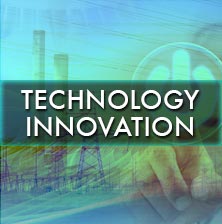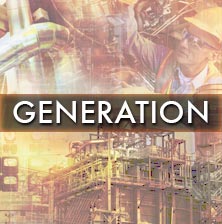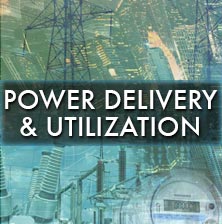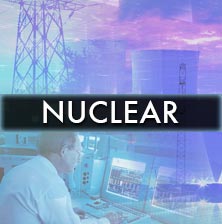The following is a small selection of items recently published by EPRI. To view complete lists of your company-funded research reports, updates, software, training announcements, and other program deliverables, log in at www.epri.com and go to Program Cockpits.

Thermal zero liquid discharge systems use brine concentrators, crystallizers, and dewatering equipment to minimize wastewater discharge in industrial settings and recover and recycle water. While such systems have been operating at power plants since the 1970s, their application for treatment of wastewater from flue gas desulfurization (FGD) systems is relatively new. This study examines materials-related experience with zero liquid discharge systems for FGD applications, including strengths and weaknesses of various alloy selections, designs, and installations.

The Common Information Model is an International Electrotechnical Commission standard on data exchange among various power company software. Utilities have applied the standard successfully in distribution and transmission systems. This report describes a plan to develop a Common Information Model to support data sharing among software used by bulk power generation facilities.

Developed through a collaboration among EPRI, automakers, and utilities, the Open Vehicle-Grid Integration Platform is software to manage grid-connected electric vehicles as integrated resources via a universal communication interface. This report provides an overview of the platform, including state of the technology, deployment roadmap, expected benefits, and cost considerations.

Power plant applications increasingly use field programmable gate arrays—semiconductor devices that can be reprogrammed by users after manufacturing to meet specific on-site needs. This report provides guidance and processes to help utilities implement these devices as replacements for safety- and non-safety-related analog and digital controllers in nuclear power plants. Such replacements can potentially help avoid obsolescence and provide additional functionality, such as on-line monitoring and diagnostics.

Advanced metering infrastructure (AMI) supports communication between utilities and customers through smart meters, communications networks, and data management software. This research examines how to write specifications for these systems so that they are protected from rapid obsolescence, highlighting five important considerations for AMI deployment.

EPRI’s Energy Storage Valuation Tool 4.0 simulates the cost-effectiveness of energy storage systems as they provide a combination of grid services.

Utilities are collecting exponentially greater amounts of data on customer electricity use through advanced metering infrastructure—an integrated system of smart meters, communications networks, and data management systems that enables two-way communication between utilities and customers. This case study describes Pacific Gas and Electric Company’s efforts to implement customer data analytics, including the creation of an in-house analytics team, analytics platform, applications, future projects, challenges, and lessons learned.

Relative to metals and other materials, polymers have lower costs, lighter weight, better corrosion resistance, noise reduction, radiation resistance, and other beneficial properties. This report identifies new applications for polymers in existing and next-generation nuclear power plants.

This report provides guidance on developing and implementing fluid leakage management programs in nuclear plants. It emphasizes leak prevention and repairs and incorporates lessons learned since EPRI's previous guidance in 2009.

Drawing from evaluation of 19 severe nuclear accidents, this research identifies lessons and makes recommendations—in the areas of instrumentation and controls, human factors, and robotics—to prevent or mitigate future accidents.

As nuclear reactors age, it becomes more important to consider how irradiation impacts the weldability of stainless steel components. These guidelines help utilities to evaluate welded repairs on irradiated components and avoid cracking.

This technical update assesses pathways and policy alternatives in the United States for achieving near- and long-term greenhouse gas emissions reduction targets. Using EPRI’s U.S. Regional Economy, Greenhouse Gas, and Energy (US-REGEN) model, researchers evaluated sector-by-sector contributions to these targets, with a focus on the electric power sector. The analysis also explores the drivers of electrification, which is shown to be a key element of economy-wide climate mitigation.